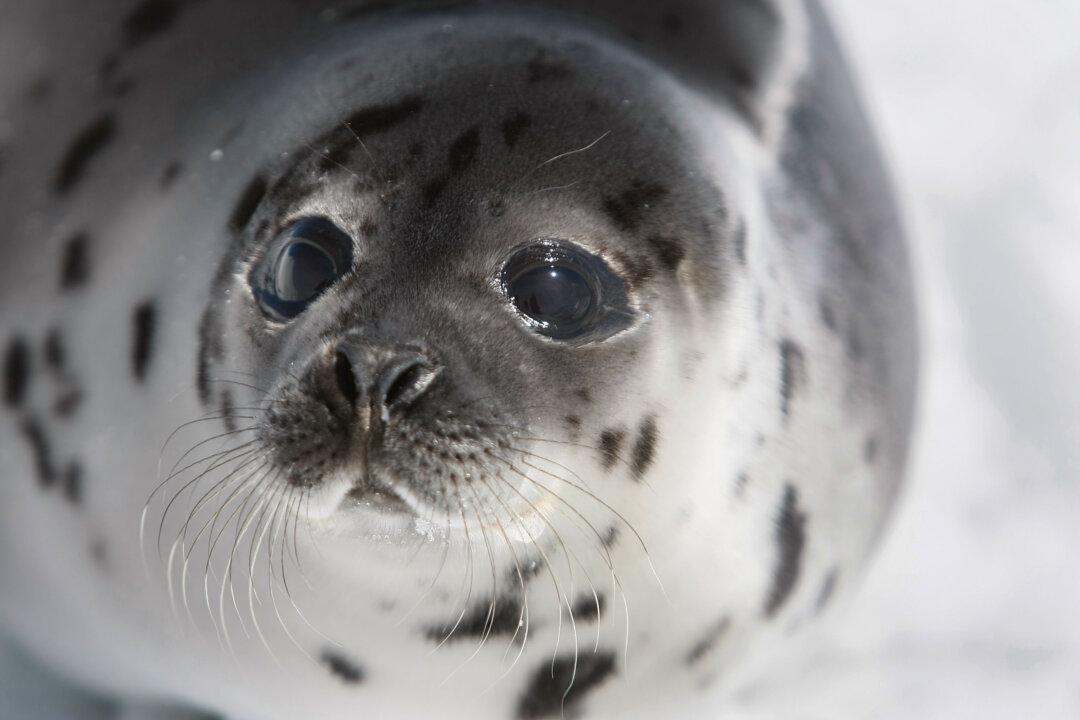Canada’s seal industry, once worth millions annually, brought in only thousands in 2021.
“In 2021, we are recording export of a value of approximately $275,000 which was mainly seal oil and fats to Asian markets,” said Jordan Reeves, director general of trade at the Department of Foreign Affairs, according to Blacklocks Reporter. He was testifying to the Senate fisheries committee on Nov. 24.





